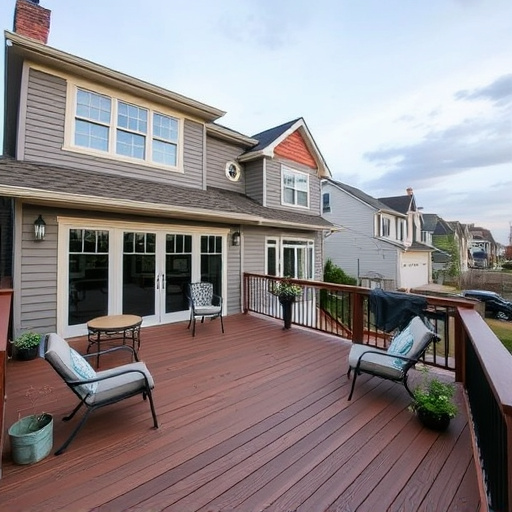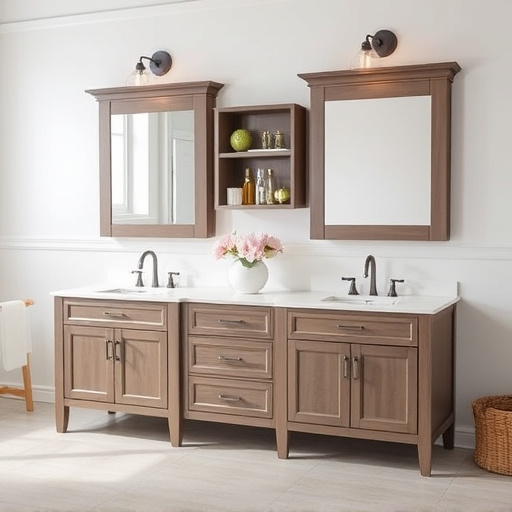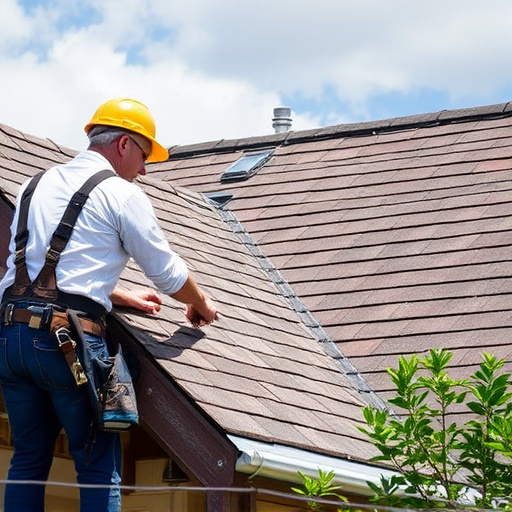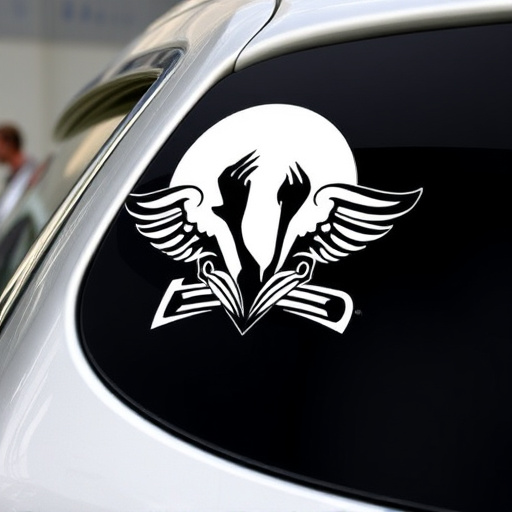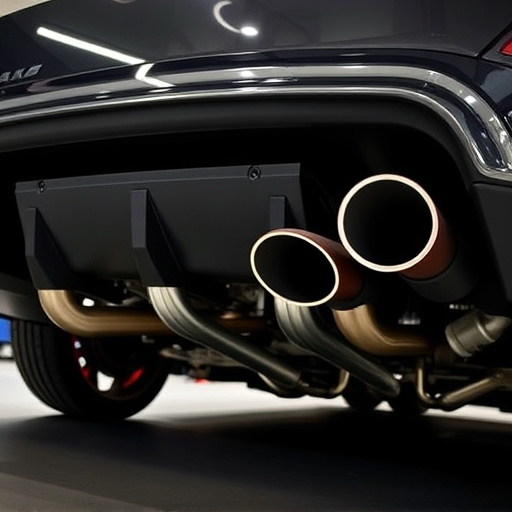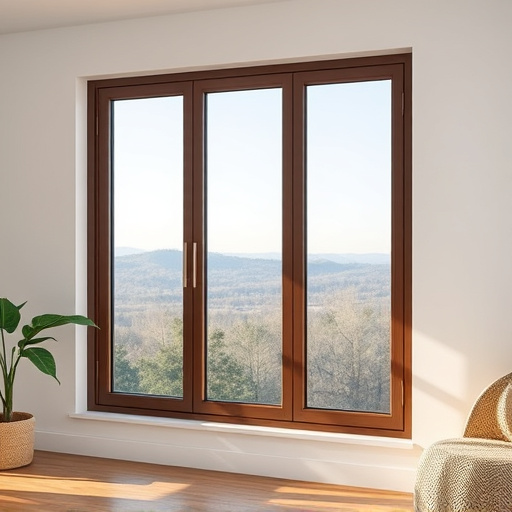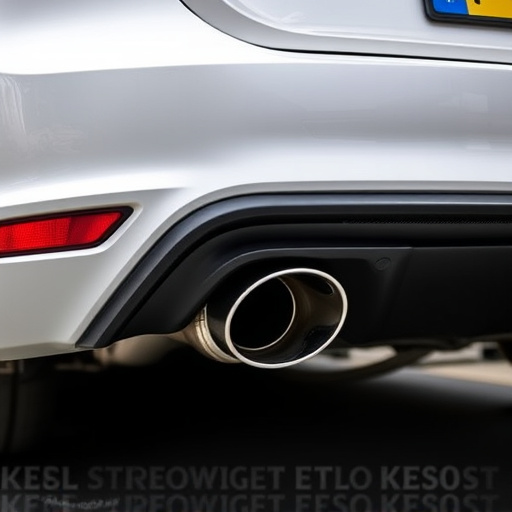A boost controller is essential for vehicles with forced induction, managing boost pressure based on sensor data to optimize power and torque. Setting safe boost limits considers vehicle condition, intended use, driver comfort, and compatibility with upgrades like brakes and exhaust systems. Balancing performance and safety through gradual tuning and testing ensures a harmonious driving experience with maximized high-performance modifications.
Learn how to set safe boost limits with a boost controller for optimal performance and safety. This comprehensive guide delves into the essential components of understanding boost controller basics and highlights critical factors for determining secure boost thresholds. We provide actionable steps on setting and adjusting your boost limits effectively, ensuring a seamless and controlled driving experience. Maximize your vehicle’s potential while prioritizing safety with these expert tips focused solely on boost controller management.
- Understanding Boost Controller Basics
- Factors to Consider for Safe Boost Limits
- Setting and Adjusting Your Boost Limits Effectively
Understanding Boost Controller Basics

A boost controller is a crucial component for any vehicle equipped with forced induction, such as a turbo or supercharger. It acts as the brain of the engine’s performance system, allowing precise control over the amount of boost pressure delivered to the engine. Understanding how a boost controller works is essential when setting safe boost limits, ensuring optimal vehicle performance without compromising reliability.
These controllers monitor various sensors, including manifold absolute pressure (MAP) and engine speed, to regulate the flow of compressed air into the engine. By adjusting the boost level, it enhances power output and torque, but it also demands careful tuning. Factors like the vehicle’s overall health, especially its brake components and cat back exhaust system, should be considered when setting boost limits. Ensuring these systems can handle the increased performance is vital for safety and longevity.
Factors to Consider for Safe Boost Limits

Setting safe boost limits with a boost controller is a crucial step to ensure optimal engine performance while maintaining control and safety. Several factors come into play when determining these limits. One primary consideration is the vehicle’s overall health, including its current condition and previous modifications. For instance, an engine with a history of poor maintenance or existing issues might require lower boost limits to prevent damage. Additionally, the vehicle’s intended use plays a significant role; daily drivers may need more conservative settings for reliable performance, while race cars can handle higher boosts for increased speed and power.
Another critical aspect is the compatibility of your boost controller with other modifications. Upgrades like high-performance brakes, advanced exhaust systems, or high-flow air filter kits can impact the car’s behavior under boost. These components should be chosen with the boost controller in mind to ensure they work harmoniously, allowing for safer and more controlled boosts. Moreover, driver experience and comfort are essential; setting limits that align with your skill level and preferences will enhance the overall driving experience while keeping potential hazards at bay.
Setting and Adjusting Your Boost Limits Effectively
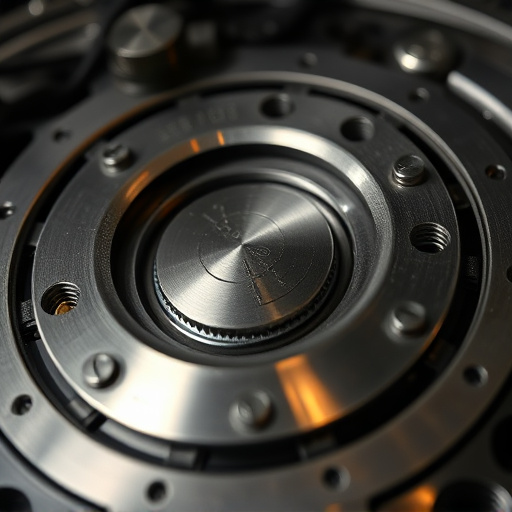
Setting boost limits with a boost controller is an art that requires a balance between achieving optimal performance and ensuring vehicle safety. The primary goal is to fine-tune your vehicle’s power delivery, especially when modifications like high-performance brakes, cold air intakes, or performance air filters are in play. These upgrades can significantly impact engine behavior, making precise control even more critical.
To effectively adjust boost limits, drivers should start by understanding their vehicle’s capabilities and limitations. This involves learning the car’s response to throttle input, especially under heavy acceleration. Gradually increase the boost settings while monitoring engine response, exhaust sound, and turbine speed. A balance point will be reached where the engine performs optimally without compromising stability or safety. Regular testing in a controlled environment is key to setting the right limits, ensuring a seamless driving experience, and maximizing the potential of your vehicle’s performance modifications.
A boost controller is a powerful tool to enhance your vehicle’s performance, but setting safe boost limits is paramount for avoiding damage. By understanding the basics of boost controllers, considering key factors like engine capacity and fuel delivery systems, and effectively adjusting settings, you can optimise power gains while maintaining safety. Always prioritize responsible tuning to ensure a reliable and enjoyable driving experience with your boost controller.
